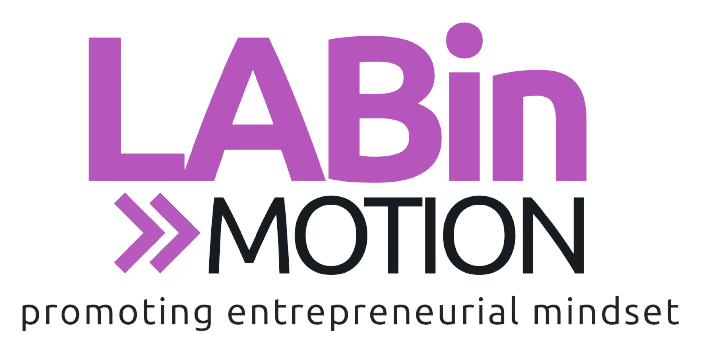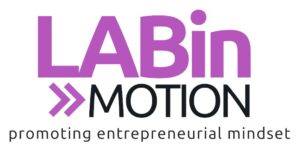For entrepreneurs looking for a fast-yielding yet effective planning tool to structure their next big idea, the Lean Canvas can come in really handy. This is because it enables you to get to the heart of your idea and visualize its future prospects. The Lean Canvas puts all the crucial aspects of initial business planning onto one page. This helps you set out the key information while getting rid of all the unnecessary details.
In this post, we take an in-depth look at the Lean Canvas and how to use it to your business advantage.
But first things first:
What Is the Lean Canvas?
The Lean Canvas is a one-page template for business planning. It is based on the original Business Model Canvas introduced by Alex Osterwalder [1] in 2005. You can learn about the Business Model Canvas in our previous post discussing the importance of the plan and how to use it for managing your startup or next business project.
Ash Maurya, CEO of Leanstack, created the Lean Canvas as a strategic business modeling tool. Leanstack is a 10-year old Texas-based company that helps aspiring entrepreneurs move from planning to implementation with its proprietary solutions [2]. Lean Canvas is one of the company’s main products besides Running Lean and Scaling Lean. Thousands of managers, entrepreneurs, and innovators across the world use Lean Canvas and Leanstack’s other coaching resources to propel forward.
As an action-oriented adaptation of the Business Model Canvas, the Lean Canvas follows a systematic design to help users succeed. It employs the Lean Startup methodology that Eric Ries first proposed in 2008. According to Reis, it’s not just the business activities but also their timeline that influences a company’s revenue stream.
Therefore, the Lean Canvas incorporates small as well as large businesses’ key features for more comprehensive and all-rounded planning.
Difference Between Lean Canvas and Business Model Canvas
If you haven’t used the Business Model Canvas before, using the Lean Canvas can seem somewhat confusing. Both the planning tools have a few things in common. This makes them look almost identical at first glance. However, the difference lies in the different aspects of business planning that each canvas targets.
Unlike its original version, the Lean Canvas almost exclusively focuses on the entrepreneur. It has been carefully modified to address the main issues that emerging businesses face during the planning phase. Lean Canvas takes a more actionable approach to help you build upon your business idea effectively and efficiently. The developer of Lean Canvas has strategically revised the original template to address everything central to your business. With the Lean Canvas, you can brainstorm better, collect feedback, and dynamically iterate on the first draft as well.
How to Use a Lean Canvas
To use the Lean Canvas in the intended manner, remember to follow these tips when outlining your plan.
Sketch the Canvas in One Go
Traditional business planning can span weeks or even months, for that matter. Lean Canvas aims to expedite the process without compromising on its effectiveness. Since it’s just a page-long document, you should be able to fill it fairly quickly. Do not complete each category as you do your research for the specific part. Conduct your initial market research and then sketch the whole canvas in one sitting.
You Can Leave a Section Blank
The rules for sketching a Lean Canvas aren’t set in stone. Despite extensive research, you might find you are unable to fill out a section or two. In that case, you can leave it blank for the moment and address it later. Ideas like ‘unfair advantage’ can be hard to grasp. Therefore, it is okay if you do not know certain answers. You can come back to the specific section once you have figured it out after doing additional research.
Plan in the Present
Like all business planning tools, the Lean Canvas, in essence, also helps you organize your resources for the road ahead. However, the truth is that you can never really predict how events will roll out for your startup. In other words, try not to be too intently focused on things that may or may not happen. Think in the now. Evaluate where you are at present and what the best course of action is based on your current situation. Put simply, adopt a get-it-done attitude when sketching a Lean Canvas. This will prevent you from getting entangled in the hypotheses.
Understanding Key Components of a Lean Canvas
Lean Canvas is designed to optimize the initial planning and implementation stage. As such, it pays more attention to factors like risk and uncertainty that are integral for analyzing your startup’s success.
For this purpose, Ash Maurya swapped out the customer relationships, key partners, key activities, and key resources from the original canvas [3]. The following section gives a brief overview of what he added instead.
- Problem – This section was included because many a time, businesses fail because they built the wrong product or service, to begin with. The problem box helps you identify why your customers might need you.
- Solution – Once you have recognized the problem, evaluate how your business can help people overcome it. The solution segment enables you to assess the need for a particular good or service and thus, streamline your business activities accordingly.
- Key Metrics – Startups succeed when they set out tangible goals rather than build castles in the air. You might want to become the leading firm in your niche in five years. But what is your mission for the short-term? Lay down small milestones that are easy to track, such as achieving at least XX subscriptions in the first quarter, closing X% sales in the first month, and so on.
- Unfair Advantage – Unfair advantage, also called competitive advantage, is a skill, resource, or some other market or sales aspect that is unique to you. If there was another business offering something similar to your goods or services, your unfair advantage explains why you are most likely to win over the largest, if not the entire market share.
The other five elements of Lean Canvas are the same as that of the Business Canvas Model. These elements include customer segments, unique value proposition, channels, revenue streams, and cost structure.
Take note that according to the developer, it’s best to sketch the Lean Canvas in the following order:
- Problem
- Customer segments
- Unique value proposition
- Solution
- Channels
- Revenue streams
- Cost structure
- Key metrics
- Unfair advantage
End Note
Lean Canvas helps you avoid the lengthy and often cumbersome process of creating a drawn-out business model that is just too traditional and time-consuming for the dynamic modern marketplace. Therefore, if your startup is still in the pre-launch phase, Lean Canvas is the ideal planning tool to use.
References:





